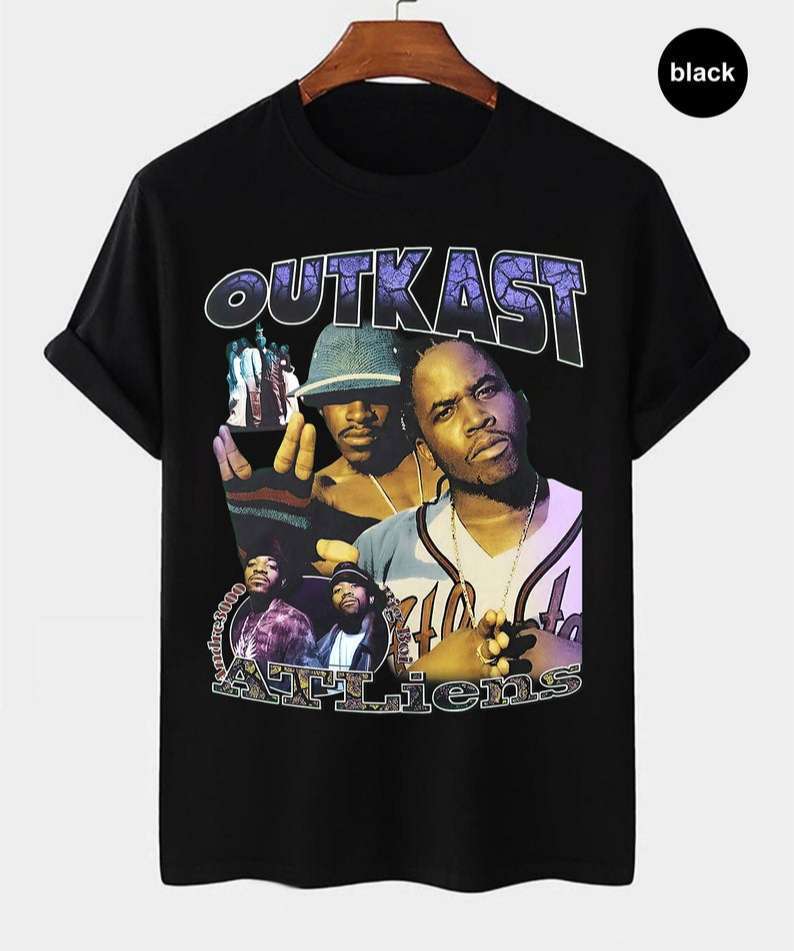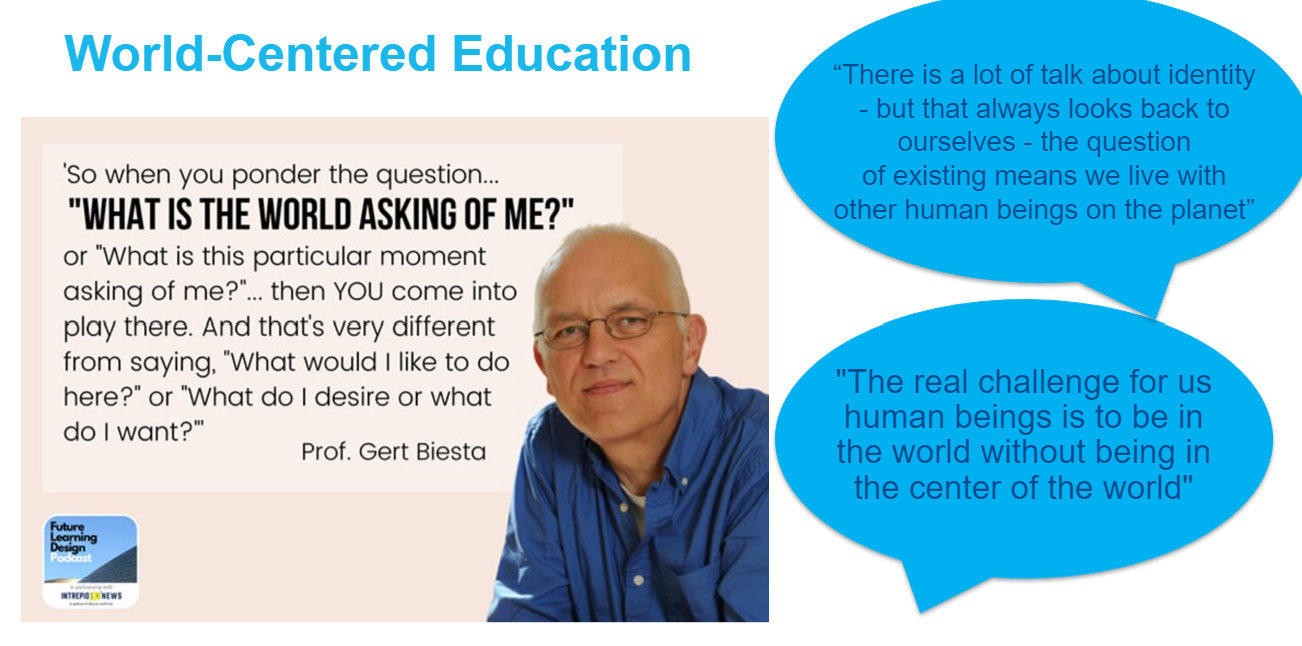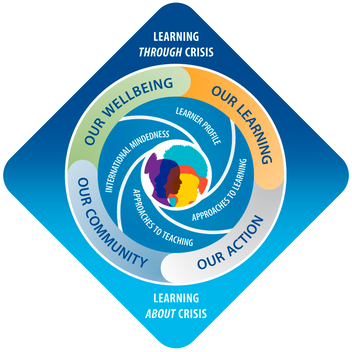|
As mentioned in my previous post, my 17 year old brother is coming to stay with me for two weeks. He is doing graphic design for my husband's company, but I also have daily challenges for him! I'll post some of these, as you might want to use them for short end-of-year activities or develop them into something further. Another challenge I have for my brother is to design a 'vintage, hip-hop inspired t-shirt'. I am going to have him make one saying 'Uncle Tommy' or 'Big Boss Benny'. (or maybe 'Nephew Benny') My brother is Tommy, so it will be photos of him, my two year old son is Benny, so it will be made with photos of him. There t-shirts are quite popular again, as the 90s seems to be popular.... either with actual hip-hop artists, or made ironically with different people (I stumbled upon many while looking at Pedro Pascal stuff on Etsy). These were also popular in the 90s with sports stars and you can find many examples with Michael Jordan. I imagine my brother will make his while mostly following an online tutorial, so it doesn't leave too much creativity, but is really to help him develop his Photoshop skills. If a teacher wanted to turn this into a unit, this could be a good starter activity, then students could research another style of tshirt for their own design (possibly on the theme of fandoms?... I could see it connecting well to identies and relationships or personal and cultural expression). If I was doing this with my students, either at the start of a unit, or for an end-of-year activity, I might start off the lesson by showing this time lapse: The first photo I am showing him is of this Outkast t-shirt (I did live in Atlanta), and these are the tutorials I have picked out for him. He only needs to use one, but if he watches the first one, and it doesn't make sense or he doesn't like how the information is delivered, he can move onto the next one: Tutorials: and some more inspiration: If my brother makes one with his face on, I will get it printed onto a t-shirt for my son Benny. If he makes one with Benny, I will print it for him and my other brother. We have bought some cheap transfer paper, but might get it printed by someone else, depending on how to the transfer paper comes out!
My (much much much much) younger brother is coming to stay with us for two weeks. He will be completing his work experience with my husband (a graphic designer), but will also be doing a lot of different tasks/challenges with me. I'll share some of the challenges here, as they could be used as quick, end of the year activities!
The first challenge is a video game design challenge. I will give him one morning to create a complete game, using basic HTML/CSS in Twine. He has very limited coding experience...but lots of gaming experience! I've made a very short video tutorial to get him started. I'll also tell him he might need paper and pen to brainstorm or write out some key details. I've given him a link to a game idea generator (though this is really for visual games) and some samples. I think he will likely start writing the story, and the different routes, then will want to learn about adding extra things, like different visuals, so I have also given him a link to W3 to help him. The following appears on his 'challenge doc': Your challenge: Create a complete playable game in three hours Where: Twine How: HTML Basics: Twine Tutorial Inspiration: Game idea generator Additional HTML: W3 Schools HTML Creating new section of the game: Put the choice in square brackets [[yes]] Creating new section of the game, with a hidden name: Put the choice in square brackets, and then a | followed by the name of the new section [[yes|new section]] Asking someone a question: Select “Macro” then “Input” Re-using their answer in the game: Make sure you name the variable: For example, change ‘variable name’ to ‘hobby’, then when ever you want to show their hobby, you would post $hobby in the game BONUS - Examples of games made in Twine:How Twine Remade Gaming Hello strangers! Between my new job, an international move, chasing after my toddler and working on my Masters I have been neglecting this blog! Apologies - I am still here! I am now working at the IB as a curriculum manager, and our current project is a revamp/improvement of the MYP. As we have more information to release, I will share links here. It's been really exciting and I am super happy about the changes on the horizon (all with the aims of being better for students, easier for educators and more flexible for schools). While we have been busy behind the scenes, I wanted to share one video showing the thoughts of Gert Biesta. We shared this video in some recent development meetings with MYP educators, who it seemed to also resonate with. I started my career as a school librarian, and the focus then was really on 21st century skills, and helping students be successful in the work place/in jobs that didn't exist yet (with a heavy emphasis on coding and digital literacy). The shift has now been to not just think about the students individual success, but to think about how they can contribute to and thrive in a successful world. I used to always say that I wanted my students to be happy and successful....but not if they were going to become arms dealers or exploitative landlords! This shift to world-centered education puts universal flourishing at the heart of education! Another shift I like from this video is the thought of what can we do, because of our unique place in the world - what does the time/space that we occupy allow us, and not someone else to do. When my partner had Covid recently, this idea resonated with me - what am I in the unique position to do - what can only I do tolook after him when he is sick. This shifts my thoughts on 'think global, act local', to not only acting locally, but thinking about what only you can do. This is something the students might think about when considering SA projects. The following is a screenshot from a slide that pulls out quotes from the above video and from a episode of the Future Learning Design podcast (they also have an episode with IB director-general Olli-Pekka Heinonen) After watching the video - a reflection could be - "what are you in the unique position to do, because of who you are, and where you are, that can support the success of the world around you?".
Bonus resource: I also love this "Educating for Global Competence, Preparing our Youth to Engage the World." It helps operationalize world-centered education - what skills do we need to make the world a better place (instead of just to be able to work in a 21st century job...) Last note: I haven't updated in a long time, but I am still paying monthly fees for the domain. This blog has never made me money, but costs money to run. If you want to support/show appreciation, please buy me a coffee. This will also give me the nudge to blog more (Thanks to Mauricio for the initial push!) Hello everyone! Happy new school year (and happy mid-year to southern hemisphere educators).
I haven't blogged for a while, as I have been busy with my new job, my toddler and living in a new place. I've had a lot of requests to access various Google Drive folders, as I think the security settings on the old links changed, so I thought I would put them in a new post. I always wanted to flag up Enhancing the MYP! As many of you know, all subject reviews are currently on pause, while we look at making improvements to the whole programme. The aims are to make it better for students, easier for teachers and more flexible for schools. While I love the MYP, I know it has a lot of rules, and can be quite a rigid system. The enhancments are aiming to put more power in the educators and schools hands. Also we are aiming to make it better for schools that don't have the full five year programme and schools that a lot of local/national requirements. While a lot of research has been done already to identify some of the problem areas, everything is still on the table! We are about to launch a series of basecamps (online forums), where educators can respond to some guiding questions an share their ideas. This is open to everyone, including teachers who are new to the MYP. If you want to get involved, please fill in this form. Please send to your colleagues/friends too! The more the merrier! and now on to the links... -Global Context Posters -Learner Profile Reader Posters (you could do a similar activity, where students create LP posters for your subject) -ATL Yeti Posters -ATL Posters -More ATL Posters -ATL specific skill posters (gathered from the internet - not my designs) -Learner Profile Posters -ATL self-assessment docs Before joining the IB full-time, I was doing some work for Toddle. You can find all their MYP resources here. They have loads of great resources, from printables to explainer videos! Hope everyone is doing well! I am about to take my first vacation, not during school holidays! Italy here I come! Full disclosure: I have just moved to the Hague and started a new job at the IB. Future blog posts will probably be flagging up resources the IB have created/shared OR non-IB specific posts (though still with a focus on conceptual understanding, inquiry, visible thinking...and all that good stuff)
"The IB has curated resources that support: our well-being, our learning, our action, and our communities." The resources on the website are arranged by:
Some of the interesting things you will find when you dig in:
There have been a team of great people working on these resources behind the scenes. When I joined the IB a few weeks ago, many of these resources were almost complete. The only one that I helped with a little was: Adapting MYP units to learn about a crisis — Guidance for educators and schools. The idea behind this resource is that you can look at your current/upcoming unit's concepts or global context, and then use the questions to make connections. This will help with transfer and and conceptual understanding. It is also a good entry point/tool for starting discussions with your students. For example, if your unit is using the Global Context of 'Identities and relationships', and/or any of the following key concepts 'Culture / Identity / Relationships / Communities', you could reframe/pivot your unit around the following questions, or simple create space to pause and discuss:
Other resources from other sources:
Know any other useful resources? Add them in the comments!
Ages ago I came across a great little tool for my students - ACCESS FM sentence starters and keywords. I believe this is the original source (message me if not, and I will update). I've used this often with my students and also had them add/suggest their own key words and sentence starters. I decided to make an updated version of this resource, with some additional vocabularly and prompts. Hopefully this is useful! ALSO the ACCESS FM website seems to be down at the moment, but when it is back up and running, you should be able to find it here.
Direct link to the resource. Feel free to make a copy (File > Make a Copy). If you have any suggestions for improvements, send them my way!
This is something I had planned to do a couple of years ago, at the end of a digital illustration unit. However, we never got round to it! Maybe it is something someone else wants to try? Linkhere.
|
Archives
June 2023
|



 RSS Feed
RSS Feed